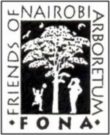The history of Nairobi Arboretum
Nairobi is the capital and largest city of Kenya. Its birth was as a result of the railway construction by the British who first built a railway depot there. The Chief Engineer of the Railways decided that this was a suitable place to build railway repair yards and workshops. The level site was chosen due to its central position between Mombasa and Kisumu and its proximity to a network of rivers. It was meant to act as a temporary base for the railway engineers as they sought ways of tackling the daunting task of laying track down the Rift Valley escarpment ahead. Soon, a tent city of traders, adventurers and settlers grew.
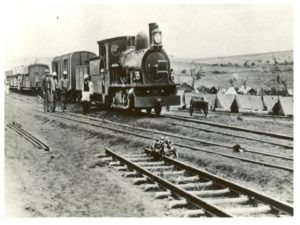
The railway was also the direct reason for a more organised forest management in Kenya. Railway engines ran on steam generated from burning logs. A large supply of wood was needed daily until 1952 when diesel oil replaced fire wood. Foresters noted early that many indigenous trees grow slowly and suggested the planting of fast growing exotic softwoods to meet the demand. Nobody knew if such exotics could thrive in Kenya. Several sites were selected for trials. One of these sites was the current Arboretum, next to the Governor’s Residence (now State House).
In 1907, the Assistant Conservator was allocated sixty-five acres on “a dry, stony, grass-covered slope with a few scattered flat-topped thorn trees” – the site of the present Arboretum. He set up the wood trials with seed brought from all over the world: Australia, Mexico, India, New Zealand and the United Kingdom.
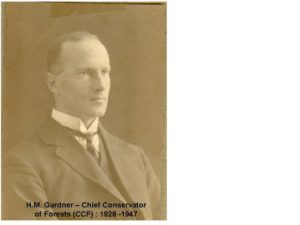
Under Mr HM Gardner (Chief Conservator of Forests 1928 – 1947) the policy of “making as complete a collection as possible of indigenous shrubs and trees” was pursued and he extended greatly the collection of ornamental exotics. He made a complete design of the Arboretum and new plants were introduced each year for a long time. Mr Gardner and all subsequent CCFs continued to live in the stone house adjacent to the Arboretum until 1997. This house is now the Tree Centre, hosting the FONA office and the education and information centre.

After Kenya’s independence, the Arboretum was given little priority at the Forest Department. From the 1970s the place was much neglected, when management levels declined due to inadequate government funding. This led to a situation that the Arboretum was badly run down and in desperate need of rehabilitation. In 1993, a group of concerned citizens recognised the potential and importance of the Arboretum and established “Friends of Nairobi Arboretum – FONA”. FONA became a project of Nature Kenya (East Africa Natural History Society) and started looking for local and international donors to save the Arboretum. An Arboretum masterplan was developed to restore and upgrade the Arboretum and launched in 2000 by the Permanent Secretary for the Ministry of Environment and Natural Resources. The masterplan aim was to develop the Arboretum into a modern facility for promoting environmental education, recreation and scientific knowledge. FONA is a non-governmental organisation, non-profit making and relies on volunteers, subscriptions and donations to meet its obligations. Its formation and its efforts, combined with the KFS, have greatly changed the Arboretum’s outlook.
In 2007 a number of events and activities were held in the Nairobi Arboretum to mark and celebrate the 100 years of its existence.
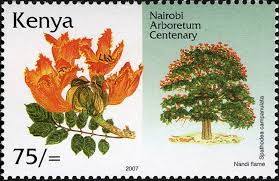
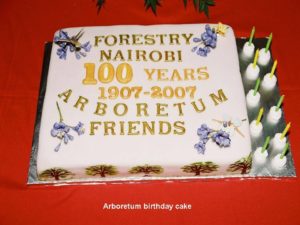
Meanwhile, the public has found its way to this unique place in the middle of Nairobi which provides a green space for recreation and education on nature and environment. It is visited by thousands of Nairobi residents, school children as well as overseas tourists. They do environmental education, tree walks, sports or come for singing, praying or just to relax.
